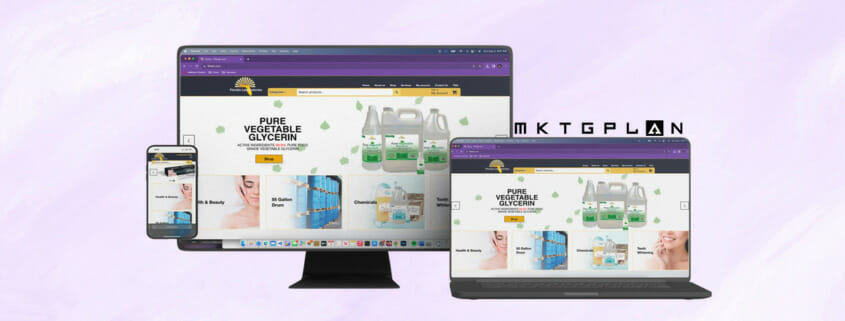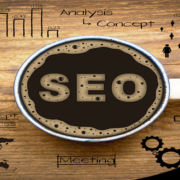How Web Design Impacts Content Marketing
Every company’s design choices have a significant impact on how potential customers perceive them. From the colors used to the overall style, various elements come together to create that all-important first impression. This means that poor design, or even a lack of design, can result in potential customers quickly closing their browsers and seeking alternatives.
As a result, a company’s web design can affect several critical aspects of its digital marketing strategy, particularly content marketing.
What Is Content Marketing?

Content marketing involves publishing content that doesn’t directly promote a company’s product or brand but instead generates interest in these offerings by providing relevant and valuable information. Content marketing is a crucial sub-strategy of search engine optimization (SEO), which is an affordable marketing technique aimed at improving search result rankings.
To reap the benefits of enhanced SEO rankings, don’t forget to utilize your Google Analytics SEO dashboard. Take Home Depot, for instance, which has an entire section on its website dedicated to DIY projects and ideas. Here, they publish guides and tutorials to assist homeowners in making simple repairs themselves instead of hiring a contractor or professional.
These guides aren’t blatant advertisements, but they do encourage visitors to consider purchasing the necessary supplies from Home Depot. The provision of helpful information by Home Depot establishes a connection with visitors, potentially leading to sales.
The Impact of Web Design on Content Marketing
Despite being primarily content-driven, Home Depot’s web design plays a significant role in how users access and engage with this content.
- Accessibility: One of the most critical considerations when designing a content-heavy site is accessibility. Informational content should be easy to find and read. A straightforward navigation setup with drop-down menu options can help visitors quickly access the information they seek, ensuring they don’t give up and turn to another site.
- Appearance: The design of your site significantly influences visitors’ perceptions of your content’s quality and trustworthiness. An outdated or unattractive site design may make users hesitant to consider your content valuable. A clean, professional design conveys trust and credibility.
- Readability: In addition to overall site appearance, your text should be visually appealing and easy to read. Overuse of fonts can be overwhelming and unprofessional. Choosing the right fonts and colors is crucial for helping visitors read and comprehend your content.
- Comprehension: Visual content like graphics, photos, and videos can aid in understanding complex topics. It’s essential to include visuals with your content. Your site’s layout should accommodate visual content and make it easy for readers to engage with photos and videos.
Designing a Content-Friendly Site
Several web design and development elements play a role in content marketing. Ultimately, your site should be designed with your visitors and readers in mind. The easier it is for visitors to find what they’re looking for and the more enjoyable it is for them to read your content, the better results you’ll achieve from your content marketing strategy.
Consider partnering with a top web design company like Mktgplan to ensure your site captures your brand, looks appealing, and provides visitors with everything they need to become clients. Browse our web design services today to learn more!









Leave a Reply
Want to join the discussion?Feel free to contribute!